When a person has a seizure—a flurry of electrical activity in the brain caused by nerve cells misfiring–it is always a cause for concern, but it may not always be epilepsy. There are many types of seizures that are considered non-epileptic events, including febrile seizures, first seizures, and eclampsia in pregnant women. But some seizures are indicative of epilepsy, particularly if they are happening for no apparent reason, occur more than once, and there is no way to reverse them from happening.

Non-Epileptic Seizures
Think of first seizures as a single seizure event in a person’s life. There is often no obvious trigger to the seizure, but some occur as a reaction to medication or anesthesia. People who experience first seizures have no family history of epilepsy.
A febrile seizure happens in children who experience a high fever. While frightening, these seizures do not do permanent damage, and the likelihood of having another is only about 2 percent. The risk is higher if the child has a family history of epilepsy.
Some seizures are psychogenic, meaning they are psychological in nature and not related to epilepsy. If a pregnant woman has a seizure it could be a sign of a life-threatening condition called eclampsia, so seek help immediately.
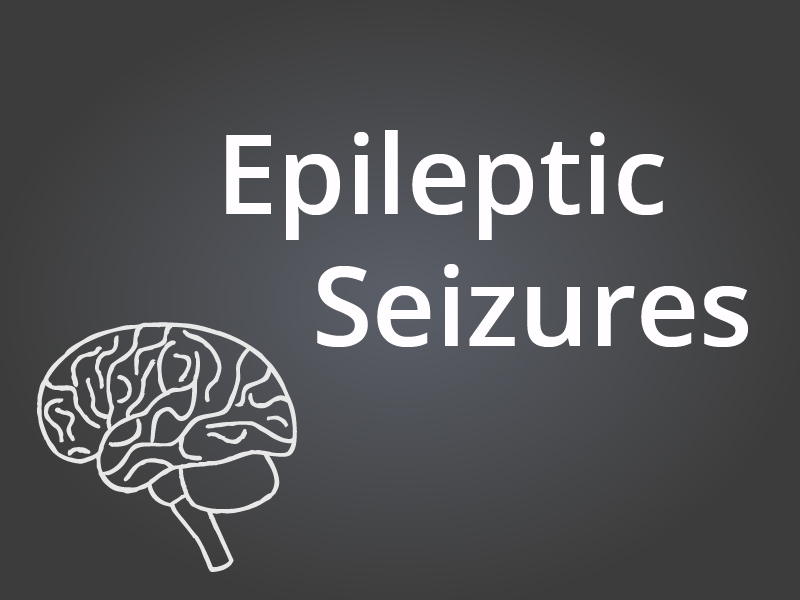
Epileptic Seizures
How do doctors distinguish between seizures and how do they diagnose epilepsy? There are a number of different tests to determine seizure type and epilepsy. Your doctor will look for a family history of epilepsy, examine you neurologically, and perform an EEG to look at the brain’s electrical activity.
Seizures are the main symptom of epilepsy, which can affect anyone at any age but is most commonly seen in children and in adults after the age of 60.
Doctors classify epileptic seizures into two distinct categories, based on the brain activity pattern seen and the behaviors the patient exhibits during the seizure: generalized and partial.
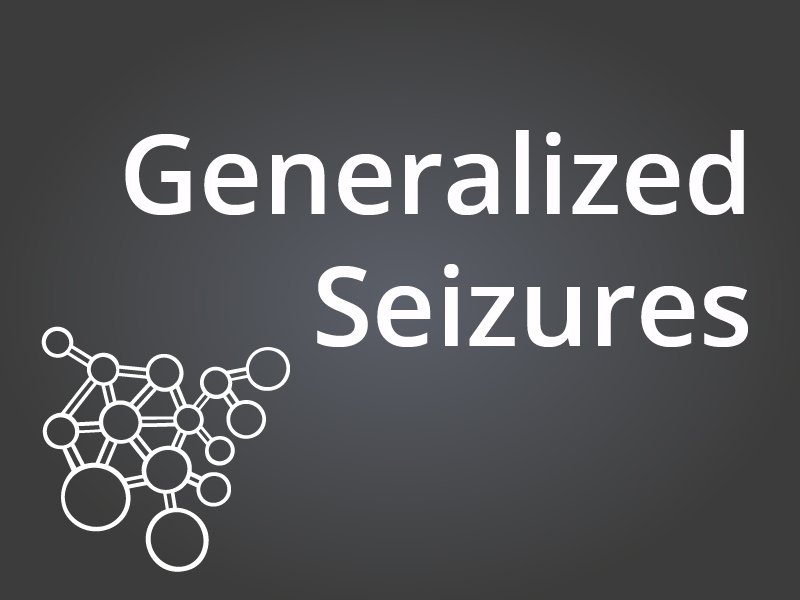
Generalized seizures
Electrical impulses from the entire brain are involved in a generalized seizure. Basically, nerve cells located on both sides of the brain misfire. These types of generalized seizures are further classified into subcategories that describe the physical symptoms that occur:
- Tonic seizures: When a person has a tonic seizure, their muscles become stiff and rigid.
- Atonic seizures: These are a bit different from a tonic seizure in that atonic seizures are characterized by a loss of muscle control. People who fall during their epileptic seizures likely suffer from atonic seizures.
- Clonic and myoclonic seizures: Clonic seizures involve repetitive and jerking muscle movements, usually in the upper body (face, neck, and arms), while myoclonic seizures cause this type of uncontrolled spontaneous twitching just in the limbs (arms and legs).
- Absence seizures: This type of seizure was previously referred to as a petit mal seizure. It is called an absence seizure because the person exhibits a blank stare during the episode. Repetitive movements like blinking or lip movement might occur, and the person usually is unaware of the seizure.
- Tonic-clonic seizures: These are the seizures that most people have heard of because they used to be called grand mal seizures. These seizures involve shaking and stiffening of the body. They also usually involve loss of consciousness, loss of bladder or bowel control, and biting of the tongue.
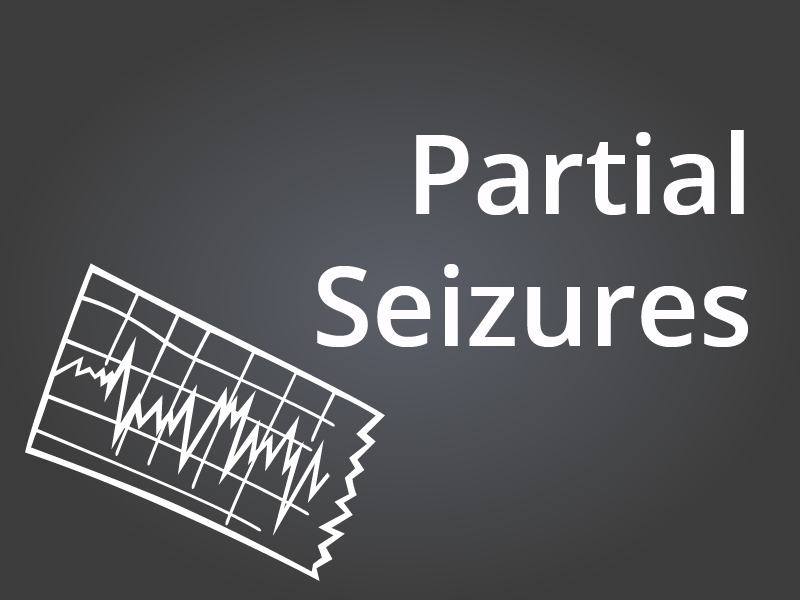
Partial seizures
Partial seizures occur from electrical impulses from only part of the brain; that part is sometimes called the focus, so that’s why partial seizures are also commonly referred to as focal seizures. These seizures have both physical and emotional impacts because they can make you see, hear or even feel things that are not really happening. The majority (60%) of people with epilepsy have partial seizures. Sometimes people mistake the symptoms of a partial seizure for other nerve problems or even mental illness.
Partial seizures are further classified as simple or complex partial seizures.
With the simple form, the person usually stays conscious, but can be dizzy or feel tingling in the limbs. The person’s senses—touch, hearing, sight, taste or smell—can be altered.
On the other hand, the complex form usually does involve a loss of consciousness or awareness. The person can be unresponsive and perform repetitive movements.
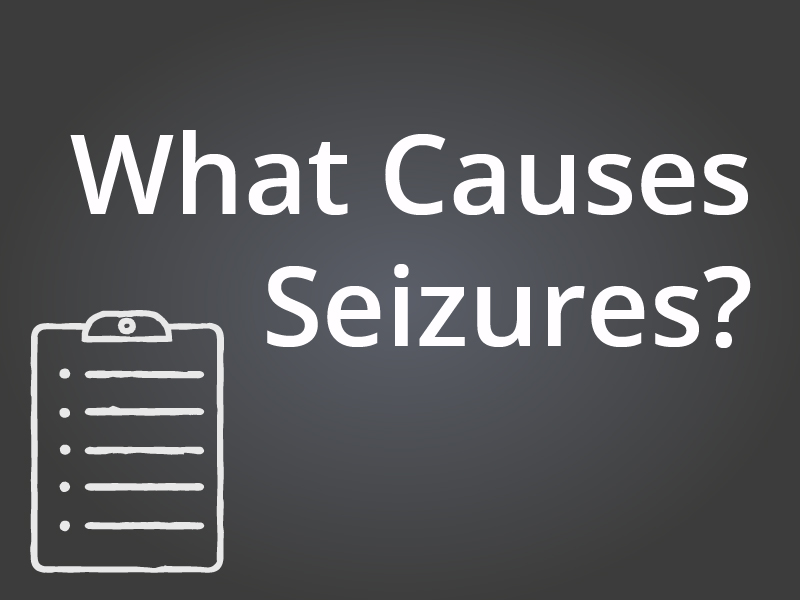
What Causes Seizures?
Unfortunately, the cause of epilepsy cannot be determined for the majority of patients, but a variety of conditions can lead to seizures.
People with traumatic brain injury can develop epilepsy as a result of the initial trauma or because of residual scars on the brain (called post-traumatic epilepsy). People often develop epilepsy after a stroke (particularly over age 35) or after a serious illness, high fever or any condition causing lack of oxygen delivery to the brain.
Brain tumors can also cause epilepsy, and so can Alzheimer’s disease or dementia. Heredity also plays a role, in terms of neurologic diseases that are genetic. Scientists estimate that as many as 500 genes are related to epilepsy.
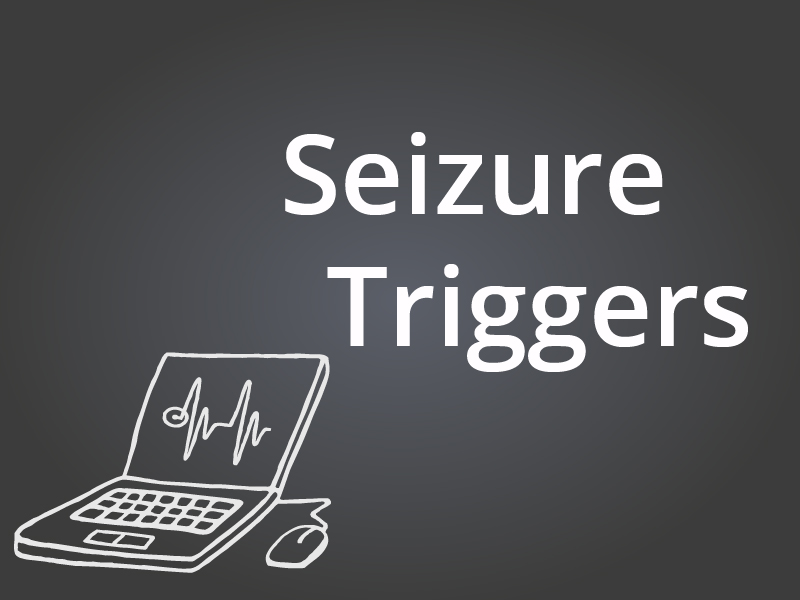
Seizure Triggers
There are several commonplace triggers that make people much more prone to seizures. Lack of sleep is a common trigger, and seizures can also happen after fever, illness or high-stress periods. There are chemical triggers, too, such as certain medications, illegal drugs, alcohol, and caffeine. Nutrition also plays a role; people have been known to have seizures when eating specific foods, or overeating or skipping meals. There can also be physical triggers as well, such as bright or flashing lights or looking at certain geometric patterns.
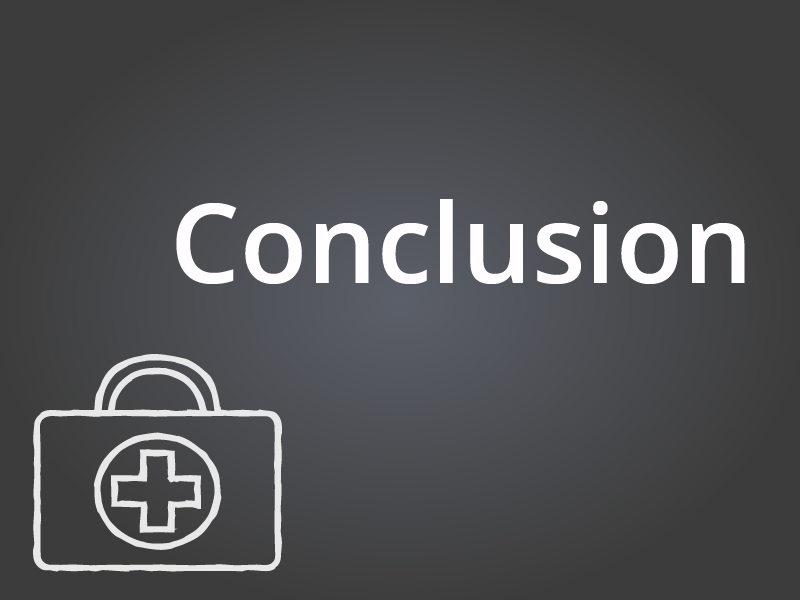
Conclusion
There are over a dozen different forms of epilepsy, and the disorder tends to affect each individual differently. Some people have epilepsy that starts with one type of seizure and then changes into another type. Epilepsy is much more common than most people realize. About 3 million Americans are affected, and epilepsy affects around 65 million people worldwide.
Because seizures tend to vary greatly among individuals and even for a particular patient, most doctors recommend that patients keep a seizure diary that records important details like time of day, symptoms and possible triggers. At Guardian Helmets, we are committed to providing safe protection from falls you may suffer during your seizures. Our headgear is customized to fit your particular needs. Give us a call or send us a message today if you’re looking for a safety helmet or if you have any questions on this article! Don’t forget to give us a follow on Facebook and Instagram.

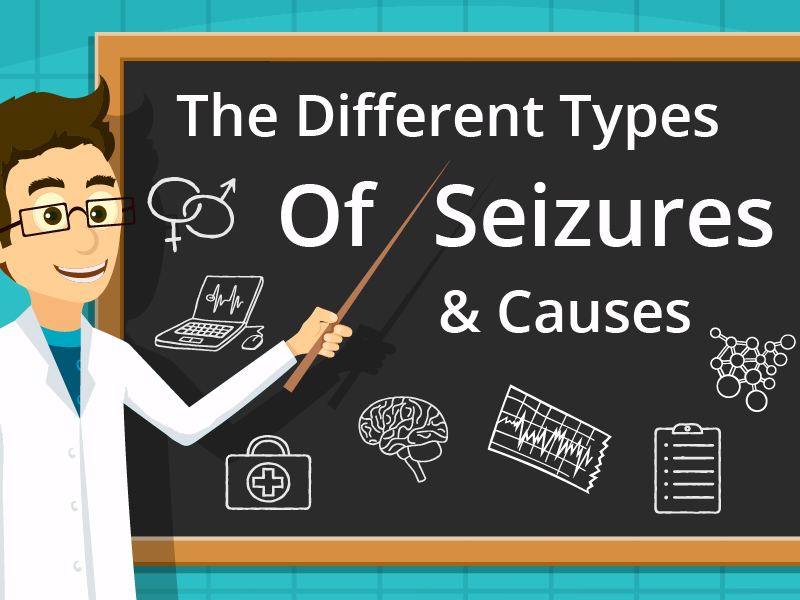
 Guardian Soft Special Needs Helmet
Guardian Soft Special Needs Helmet Locking Chin Strap For Guardian Helmets
Locking Chin Strap For Guardian Helmets

